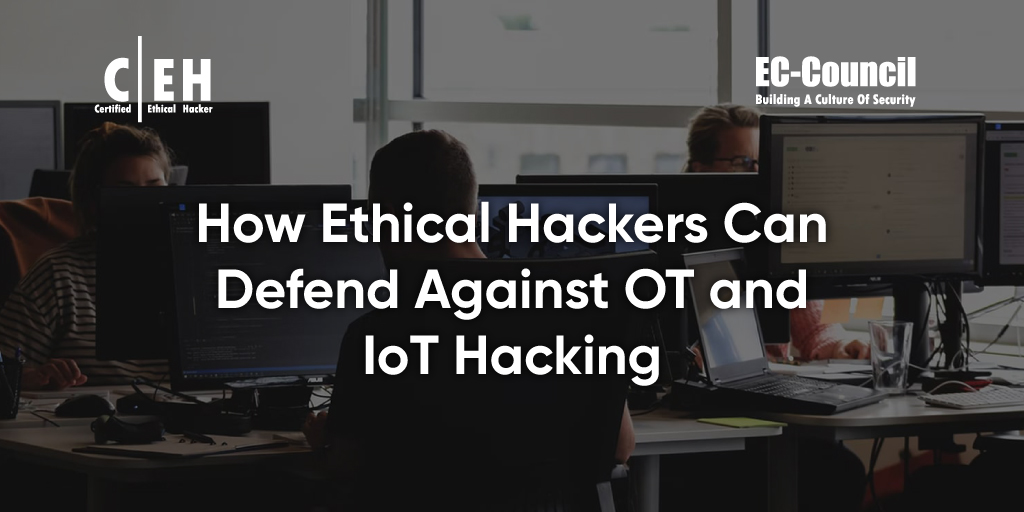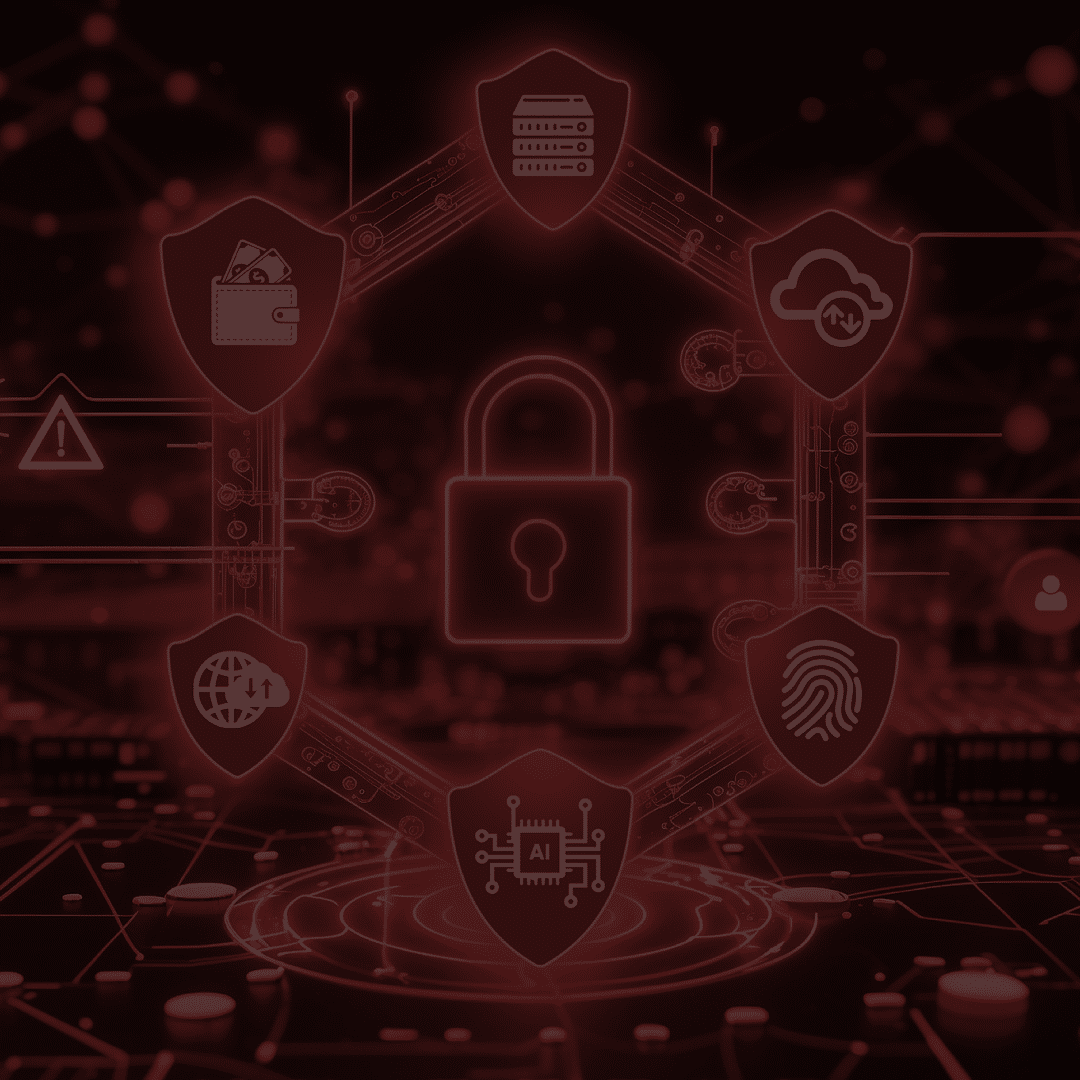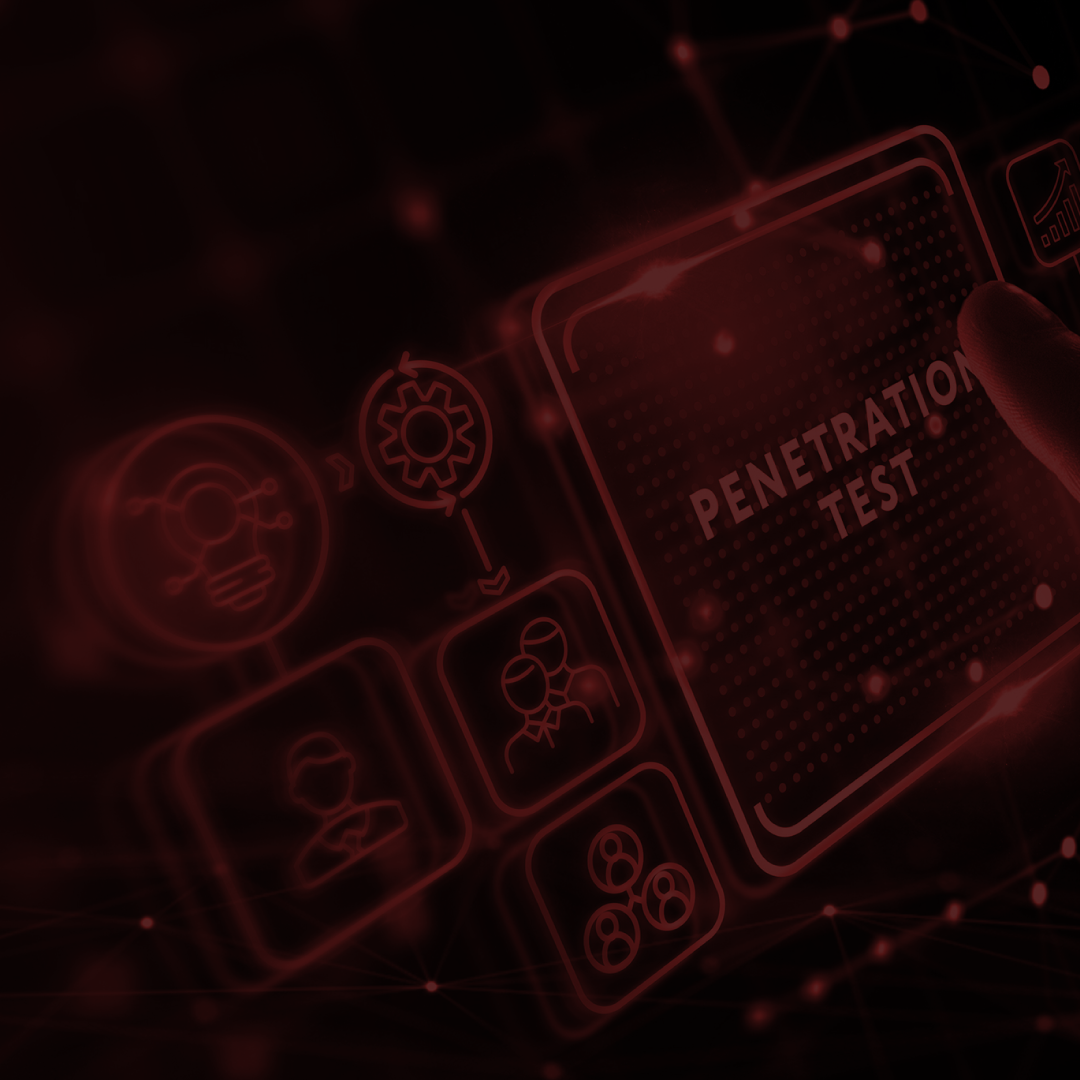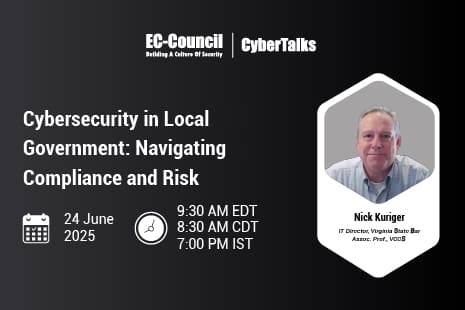The world is increasingly becoming a more connected place. With the rise of the Internet of Things (IoT), more and more devices can connect online. This trend has led to increased cybercrime, as criminals find new ways to exploit these devices for their own gain (Splunk, 2021a). IoT and OT are two of the most commonly exploited targets in industrial control systems and critical infrastructure attacks. In this article, we’ll explain what IoT and OT hacking are and how ethical hackers can assess and defend against the threats posed by these technologies.
What Is IoT Hacking?
The IoT is a term used to describe the growing number of devices connected to the internet. These devices include smart home appliances like thermostats and refrigerators, medical sensors, and security and alarm systems, among others. The growth of the IoT has led to a corresponding increase in cybercrime and hacking.
The main risks posed by IoT hacking include:
- Theft of data: Hackers can access sensitive data stored on IoT devices, including passwords, credit card numbers, and health information.
- Tampering with data: IoT devices can be used to alter data. This could include tampering with critical infrastructure systems.
- Distributed Denial of Service (DDoS) attacks: A DDoS attack occurs when many devices are used to flood a website or other online resource with traffic, causing it to crash or become unavailable.
- Spying: Cybercriminals can spy on targets using cameras and microphones on IoT devices.
What Is OT Hacking?
OT refers to the systems that control industrial processes and other critical infrastructure. These systems are often connected to the internet, making them a target for hackers.
The main risks posed by OT hacking include:
- Damage to equipment: Hackers can damage or destroy equipment by accessing it remotely. This can cause physical harm to people or disrupt vital services.
- Data theft: As with IoT devices, criminals can steal data from OT systems for financial gain or other nefarious purposes.
- Hijacking of devices: Control systems are vulnerable to hijacking by hackers, who can use them for their own purposes or to launch attacks on other systems.
- Sabotage: Hackers can also use OT systems for acts of sabotage, such as disabling critical infrastructure.
How Can Ethical Hackers Assess IoT and OT Threats?
The primary way that ethical hackers can assess the threats posed by IoT and OT devices is performing vulnerability assessments. A well-trained ethical hacker who’s gone through a course like EC-Council’s Ethical Hacking Course can use various tools and techniques to identify security vulnerabilities in IoT devices (Kranz et al., 2021). This involves scanning devices for known vulnerabilities and exploiting them to see what damage they can do.
When cybersecurity experts are performing ethical hacking, they need to be aware of the various ways that criminals can exploit IoT and OT devices.
These include:
- Brute-force attacks: In a brute-force attack, hackers attempt to guess passwords or other credentials needed to access devices.
- Malware: Malicious software can take control of IoT and OT devices, allowing cybercriminals to steal data or launch attacks on other systems.
- Ransomware: Ransomware is a type of malware that encrypts files on an infected device and demands payment for the decryption key (Splunk, 2021b).
- Social engineering: Social engineering exploits human vulnerabilities, such as trust, greed, or ignorance, to access devices or information.
- Phishing: Phishing is a form of social engineering in which attackers send fraudulent emails masquerading as legitimate ones to steal user credentials or install malware.
- Data theft: Criminals can use stolen data from IoT and OT devices for financial gain or other nefarious purposes.
- DoS attacks: Cybercriminals can launch DoS attacks on other systems by flooding them with traffic.
By understanding these threats, ethical hackers can develop strategies to protect organizations—for example, implementing security measures such as firewalls, antivirus software, and password policies and educating employees on the dangers of OT and IoT hacking.
The Future of Cybersecurity
The growth of OT and IoT hacking is a clear sign that the cyberthreat landscape is evolving. As more devices come online, the risks posed by cybercrime will continue to increase. Therefore, organizations need to have systems in place to protect themselves against these threats.
Ethical hackers play a pivotal role in helping organizations stay safe in this increasingly hostile environment. Cyberattacks are becoming more sophisticated, but advanced educational programs like EC-Council’s certification courses are ready to teach the next generation of ethical hackers how to fight back.
Get Certified with EC-Council
EC-Council offers some of the world’s most well-respected cyber security certifications, including the CEH and the C|EH (Master). In these certification programs, you’ll learn everything you need to know about how to assess the security of IoT devices, OT, and other critical systems.
The C|EH program offers training that focuses on the real-world challenges of ethical hacking. You’ll learn how to hack into networks, applications, and hardware devices in a safe and controlled environment. You’ll also learn about emerging trends in IoT security, such as cloud computing, cryptography, and advanced attacks using IoT devices.
The C|EH (Master) program is for cybersecurity professionals who want to take their careers to the next level by becoming certified experts in ethical hacking. It includes 140 labs that simulate real-world scenarios and teach you how to protect systems against the latest threats.
To learn more about these cybersecurity programs and how they can help you build a career in cybersecurity, visit EC-Council’s website today!
Kranz, G., Rosencrance, L., & Cobb, M. (2021, May 21). What is an ethical hacker and what does the work entail? SearchSecurity. https://www.techtarget.com/searchsecurity/definition/ethical-hacker
Splunk. (2021a, June 2). Top 10 ways cybercrooks are targeting your data in 2021. Forbes. https://www.forbes.com/sites/splunk/2021/04/01/top-10-ways-cybercrooks-are-targeting-your-data-in-2021/?sh=d0e0a9165696
Splunk. (2021b, September 3). Why you should still care about malware (and what to do about it now). Forbes. https://www.forbes.com/sites/splunk/2021/09/01/why-you-should-still-care-about-malware-and-what-to-do-about-it-now/?sh=6548491f5394
After mastering the 5 Phases of Ethical Hacking, you will be ready for penetrating testing. With the Certified Penetration testing Professional course will learn advanced penetration testing skills such as Advanced Windows Attacks, Internet of Things (IoT) Penetration Testing, Penetration Testing in OT and ICS/SCADA Environments, Exploit Writing and Advanced Binary Exploitation, Bypassing Filtered Networks, Accessing Hidden Networks with Pivoting and Double Pivoting, Privilege Escalation, Defense Evasion, Attack Automation with Scripts and many more.











